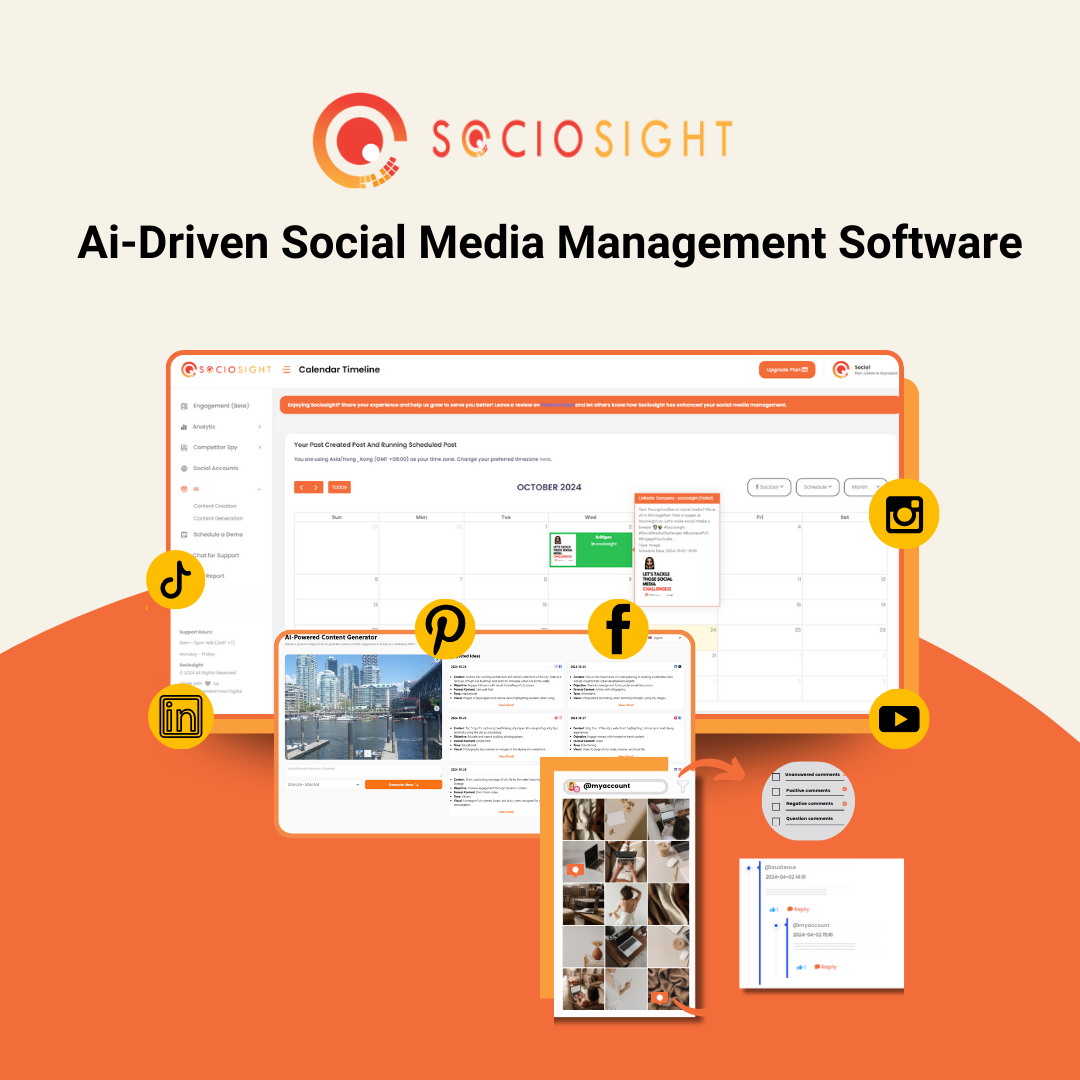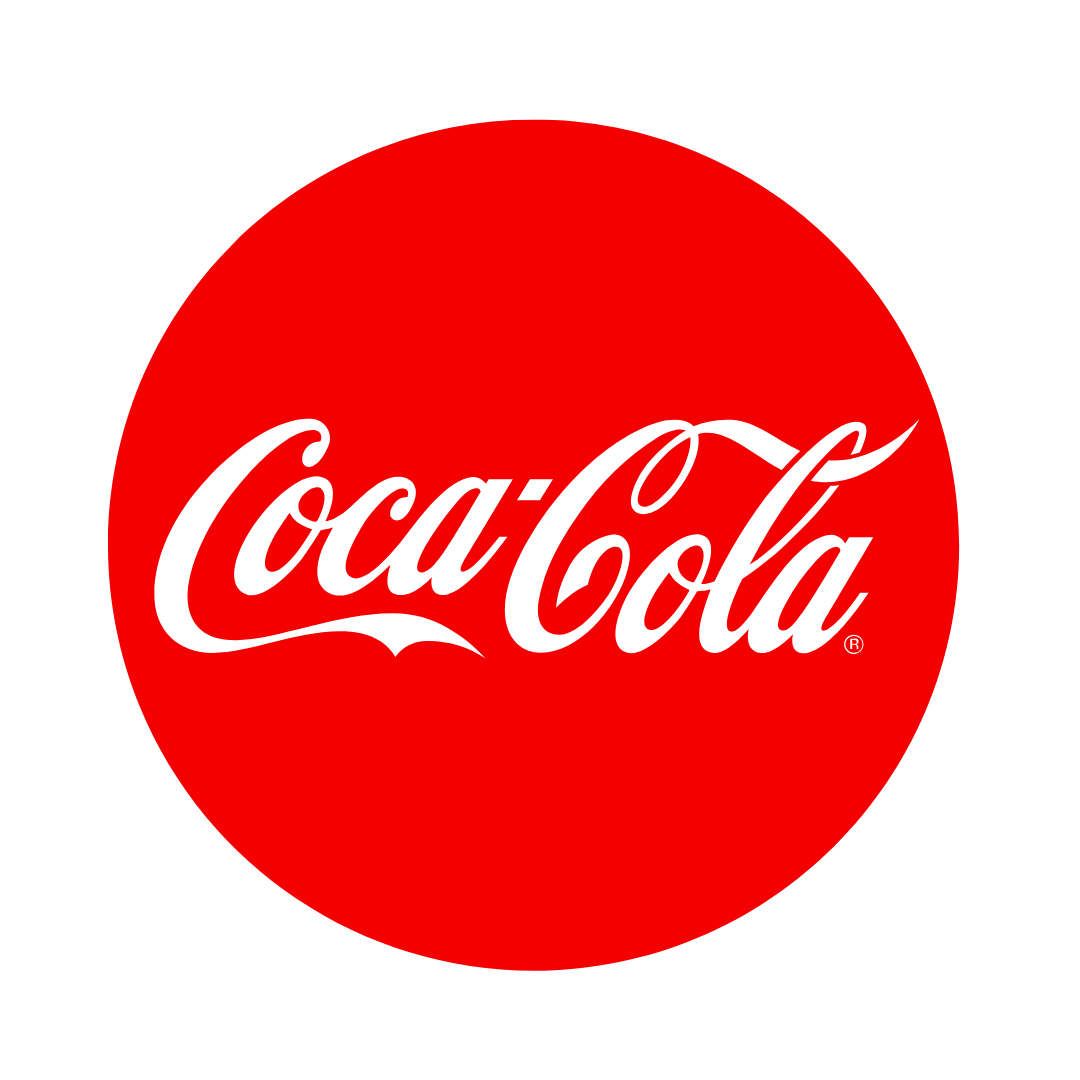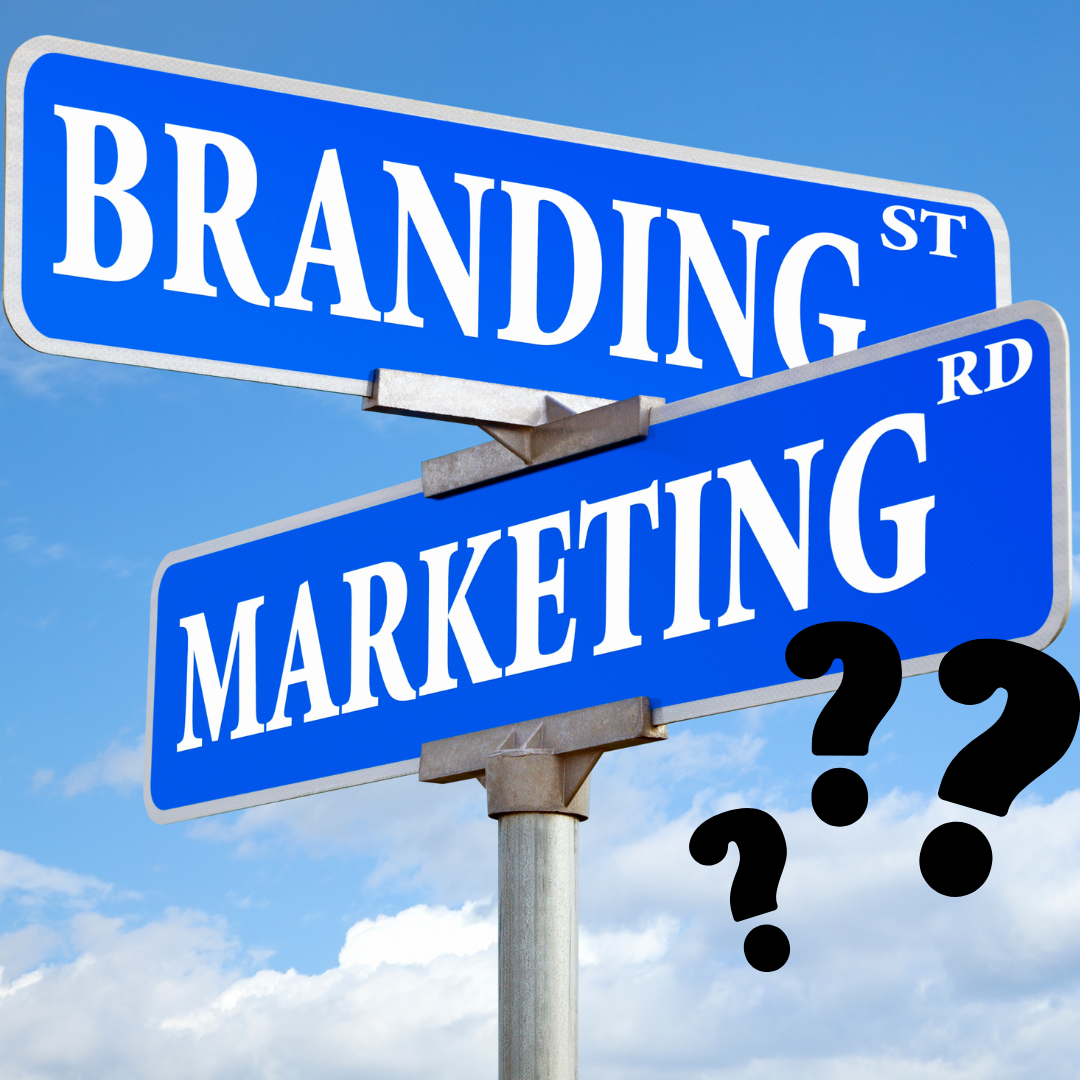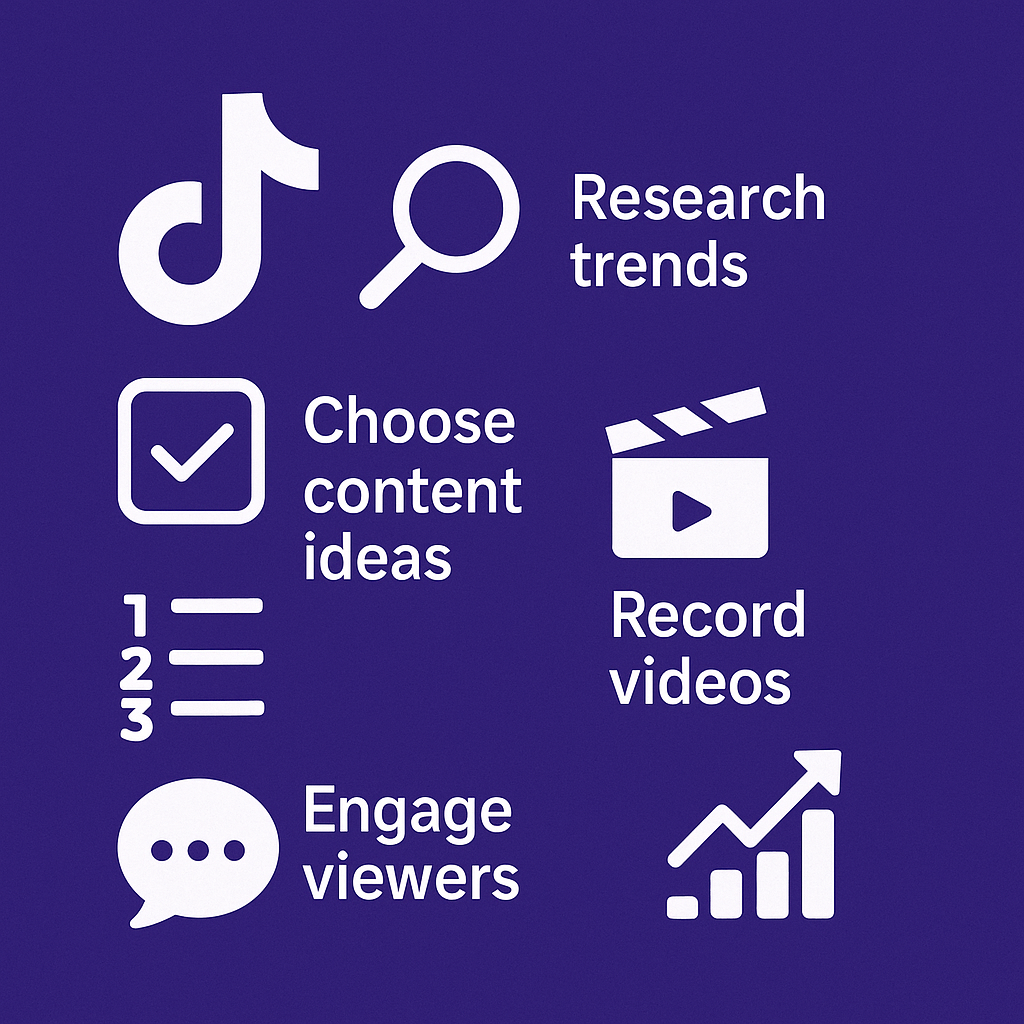Most businesses confuse branding and marketing—and it’s costing them customers!
Branding and marketing are not the same, and treating them as interchangeable is a mistake that could cripple your growth.
While branding shapes how people perceive your business, marketing drives the actions that turn perception into profit. Both are critical, but they operate on entirely different levels. Understanding the difference isn’t just helpful—it’s essential if you want your business to thrive in a competitive world.
How Branding and Marketing Work Together—But Differently
Branding and marketing may seem like two sides of the same coin, but their roles in business couldn’t be more different. Branding is about establishing a strong identity that resonates, while marketing is about leveraging that identity to drive action.
To succeed, businesses need to master both—starting with branding as the foundation and marketing as the strategy to execute it. Let’s explore the seven key differences that set branding and marketing apart and why understanding these distinctions is essential for growth.
Table of Contents
Branding Builds the Foundation; Marketing Builds the House
Branding is the backbone of your business. It establishes the essence of who you are, what you stand for, and how you want to be perceived.
Without a strong brand foundation, your marketing efforts are like building a house on shaky ground—likely to collapse under pressure. Branding ensures your business has a clear identity, voice, and message that customers can connect with emotionally.
On the other hand, marketing builds the house. It takes the foundation established by branding and creates structures to reach, engage, and convert your target audience.
For example, branding defines your business as eco-conscious, while marketing campaigns promote your sustainable products through social media ads, email newsletters, and influencer collaborations.

In practice, think of a company like Tesla. Its brand foundation is built on innovation and sustainability. Marketing campaigns like product launches, events, and social media posts amplify this message to drive customer engagement and sales. Branding lays the groundwork, but marketing brings it to life.
Branding is the Why; Marketing is the How
Branding and marketing are distinct but interconnected, and understanding their roles can transform how businesses approach the stages of marketing funnel.
Do you struggle with managing multiple social media platforms for your brand's presence?
The Sociosight app can help you simplify the process and save you time. With Sociosight, you can publish, schedule, and monitor posts and engage with your followers across multiple social media platforms, all from one dashboard.
Get started today with a free sign-up!
Register Now for Free

Branding answers the fundamental question: Why does your business exist? It defines the purpose, mission, and values that guide every aspect of your organization. This “why” influences how your business communicates, operates, and connects with its audience on a deeper level.
Marketing, on the other hand, is about the “how.” It involves the tools, strategies, and tactics used to communicate your brand’s “why” to the world.
Within the marketing funnel, branding ensures consistency in the message that attracts and retains customers, while marketing executes the steps to guide them from awareness to conversion. While branding is the overarching story, marketing breaks it down into actionable campaigns that inspire customers to take specific steps.

Take Apple, for example. Its branding focuses on innovation, simplicity, and creativity—the “why” behind its existence. Marketing, through sleek product advertisements and carefully crafted events like the annual iPhone launch, translates this brand identity into compelling messages that resonate with their audience at every stage of the marketing funnel, driving awareness, interest, and eventual loyalty.
Branding Creates Identity; Marketing Creates Awareness
At its core, branding and marketing work together to make your business recognizable and engaging.
Branding creates a unique identity that sets your business apart, defining your values, tone, and visual elements. It’s what makes your audience feel connected to your business and remember you.
Marketing, on the other hand, focuses on creating awareness about that identity—spreading the word so your audience knows what your brand represents and why it matters to them.
A social media strategy plays a pivotal role in aligning branding and marketing. Your brand identity should dictate your tone, visuals, and overall messaging on platforms like Instagram, TikTok, and LinkedIn. Marketing, then, uses this identity to design campaigns, schedule posts, and engage with audiences to build awareness and drive traffic.
For example, a strong brand identity might emphasize eco-consciousness and innovation. Marketing can amplify this through a social media strategy that includes posts showcasing sustainable practices, influencer collaborations, and user-generated content that reflects your brand’s values.

Tools like Sociosight make it easier to align your branding and marketing efforts on social media. By managing multiple accounts, analyzing performance metrics, and providing recommendations for optimal posting times, Sociosight ensures your brand identity stays consistent while your marketing strategy effectively reaches your target audience. Branding creates the story, and Sociosight helps you share it with the world.
Branding is Long-Term; Marketing is Short-Term
Branding and marketing differ significantly in their timespan and focus. Branding is a long-term commitment that defines how your business is perceived over time. It builds trust, loyalty, and emotional connections with your audience.
Marketing, on the other hand, is short-term and campaign-focused, designed to achieve specific goals like generating leads, increasing sales, or promoting a product or service.
A well-established brand remains consistent and recognizable even when marketing campaigns change.

For instance, Nike’s branding, built around the “Just Do It” philosophy, has endured for decades. Its marketing campaigns, however, change seasonally, focusing on specific products, events, or collaborations.
In practical terms, branding ensures that your business maintains a consistent identity, while marketing adapts to trends, platforms, and audience needs. Together, they create a cycle of recognition and action. By investing in both, businesses can balance the stability of their brand with the flexibility of their marketing efforts.
Branding is Macro; Marketing is Micro
Branding and marketing operate on different scales, with branding taking a broader, macro-level view and marketing focusing on specific, micro-level tactics.
Branding defines the overarching vision, mission, and values that shape every aspect of your business. It’s about creating a cohesive image that resonates across all channels.
Marketing, however, drills down into individual strategies and campaigns, targeting specific audiences with tailored messages.

Consider Coca-Cola as an example. Coca-Cola’s branding is built around happiness, sharing, and togetherness. This brand identity is present across all its touchpoints—logo, color palette, and its slogan, “Taste the Feeling.” These macro-level branding elements create a sense of familiarity and emotional connection with consumers worldwide.
On the marketing side, Coca-Cola’s campaigns are often localized and specific. For instance, during the holiday season, its marketing strategy includes iconic commercials featuring the Coca-Cola Santa or customized bottles with popular names. These micro-level marketing efforts appeal to individual preferences and cultural moments while still aligning with the brand’s broader identity.
Similarly, on social media, Coca-Cola ensures that its branding—through consistent use of red, white, and uplifting messaging—is universal, while marketing campaigns like the #ShareACoke hashtag target specific audiences to drive engagement and sales. This blend of macro branding and micro marketing keeps Coca-Cola relevant and connected to its audience.
Branding is Consistency; Marketing is Adaptability
Branding and marketing differ in how they respond to change. Branding thrives on consistency—it’s the foundation that remains stable and recognizable over time. Marketing, on the other hand, requires adaptability to meet shifting trends, consumer behaviors, and market demands. Together, they ensure a business stays true to its identity while staying relevant to its audience.

Take Starbucks as an example. Its branding is built on the idea of offering a welcoming, community-oriented coffee experience. The iconic green mermaid logo, consistent store aesthetics, and commitment to sustainability reinforce this brand identity. Regardless of how trends shift, Starbucks ensures its branding stays consistent across locations and channels.
Marketing, however, adapts to trends and seasons. Starbucks frequently updates its marketing campaigns to include seasonal products like the Pumpkin Spice Latte or limited-time promotions. These campaigns are tailored to specific consumer interests and behaviors but always reflect the brand’s core message of creating a warm and personalized experience.
On social media, Starbucks’ branding remains constant with its calming visuals and consistent tone, while its marketing adapts to current trends, such as sharing user-generated content or creating interactive polls to engage with followers. This dynamic between branding and marketing ensures Starbucks remains a trusted yet modern choice for customers.
Branding is Emotional; Marketing is Rational
Branding and marketing connect with audiences in different ways—branding appeals to emotions, while marketing appeals to logic and action. Branding fosters an emotional connection by building trust, loyalty, and a sense of belonging. Marketing focuses on providing clear, rational reasons to engage with or purchase a product or service.
Consider Dove, a brand globally recognized for promoting self-esteem and natural beauty. Dove’s branding emotionally resonates through campaigns like “Real Beauty,” which emphasize body positivity and self-acceptance. This emotional connection builds loyalty by aligning with values that many customers share.

Marketing, in contrast, highlights the practical benefits of Dove products. Campaigns often focus on product attributes like moisturizing formulas, hypoallergenic ingredients, and dermatologist recommendations. These rational appeals ensure customers understand the tangible value of purchasing Dove products.
On social media, Dove’s branding comes through in empowering posts and storytelling content, while its marketing efforts include product demonstrations, customer testimonials, and discounts. By combining emotional branding with rational marketing, Dove successfully engages its audience on multiple levels.
Summary
Branding and marketing are distinct yet interconnected forces that drive a business’s success.
Branding defines who you are, shaping your identity, purpose, and emotional connection with your audience. It’s long-term, consistent, and focused on the bigger picture. On the other hand, marketing is the actionable plan that brings your brand to life, adapting to trends, targeting specific audiences, and delivering measurable results.
Together, branding and marketing create a powerful synergy. Branding builds the foundation, crafting a lasting impression, while marketing builds the house, ensuring your message reaches and resonates with your target audience. From crafting a consistent identity to leveraging adaptable strategies, mastering both ensures that your business thrives in today’s competitive landscape.
Understanding the differences between branding and marketing isn’t just helpful—it’s essential. By balancing the emotional pull of branding with the logical execution of marketing, businesses can create meaningful connections and drive real results.
Ready to align your branding and marketing efforts? Tools like Sociosight can help you manage your social media strategy seamlessly, turning your brand identity into impactful marketing campaigns.











